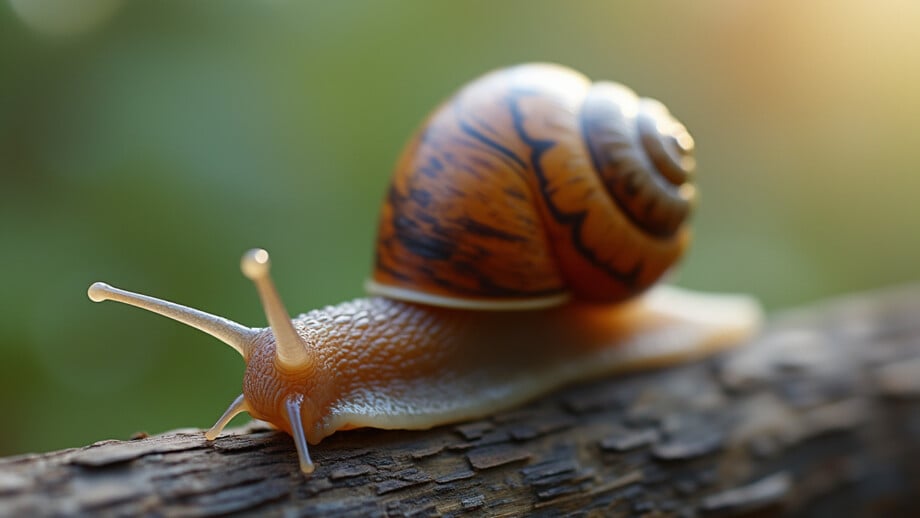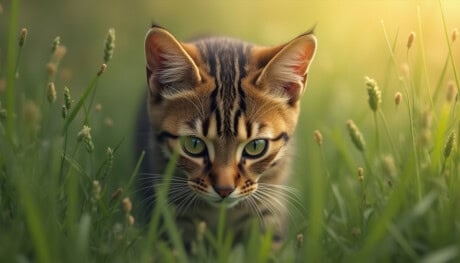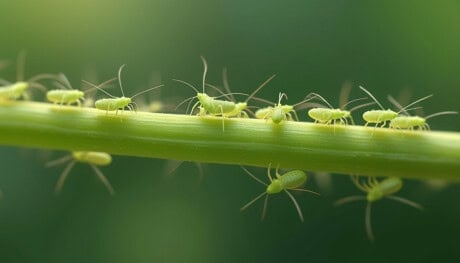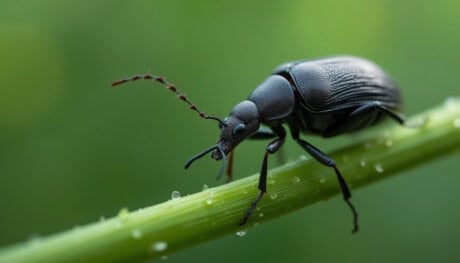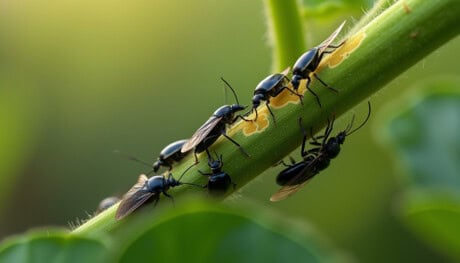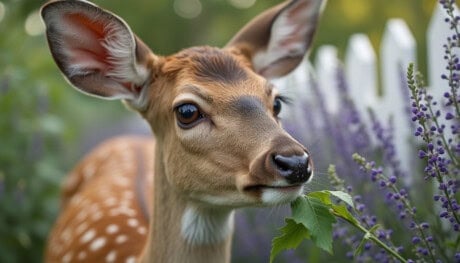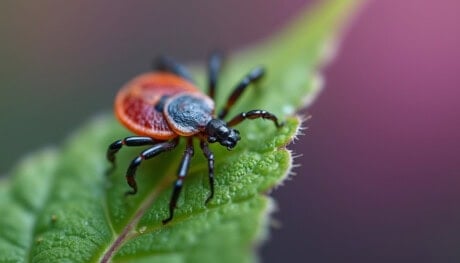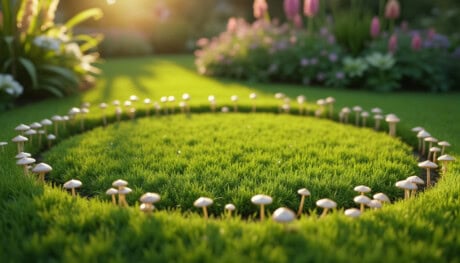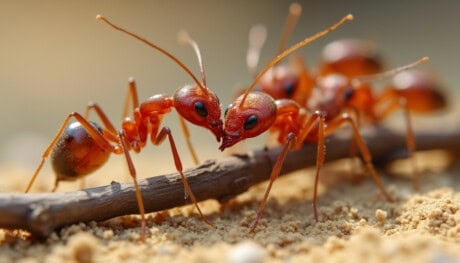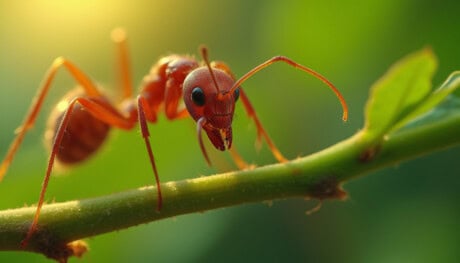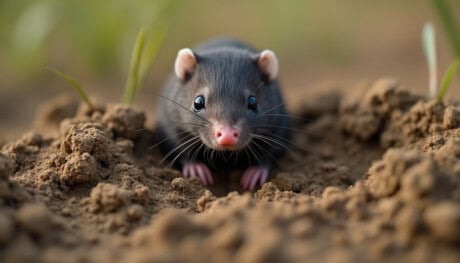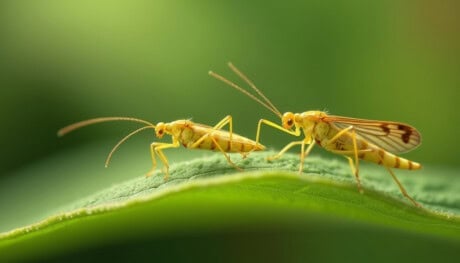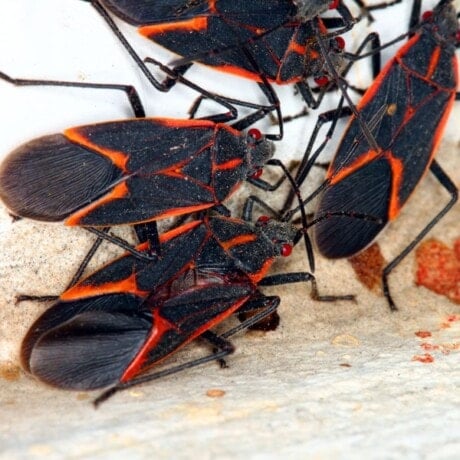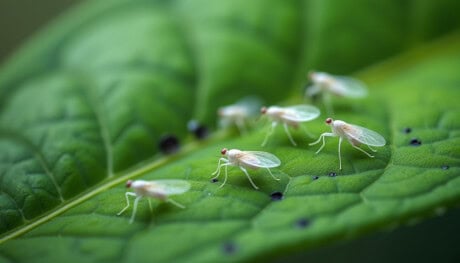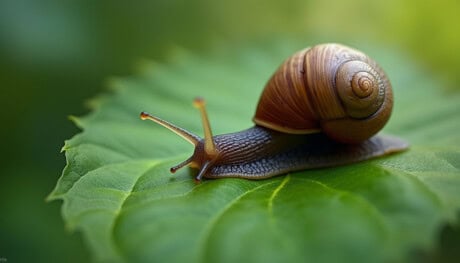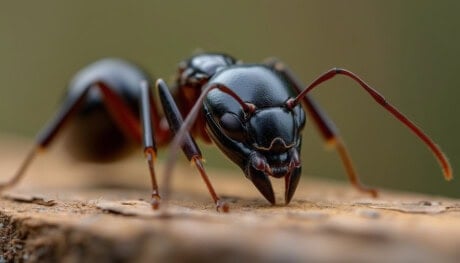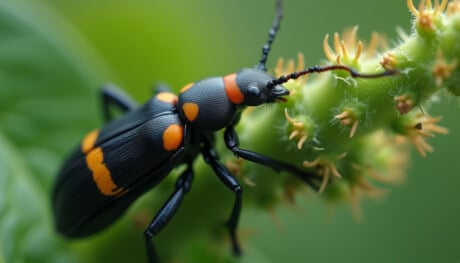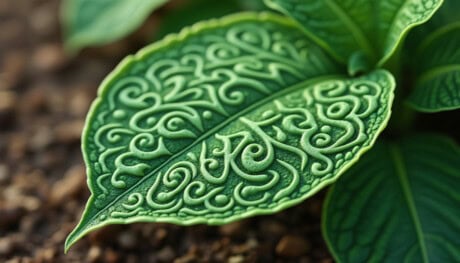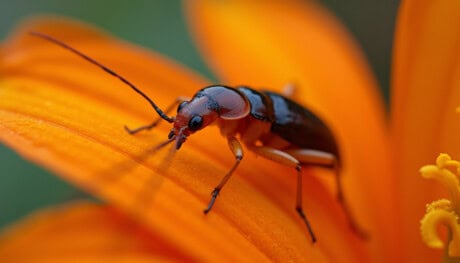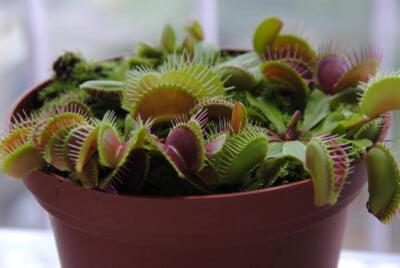Landscape/ Lawn Pests
Healthy lawns and landscapes are teaming with insect life. Yet, very few of the species you see in your backyard are damaging (it is estimated that less than 1% of all insect species are pests). The point here, is that once lawn pests are discovered don’t go crazy and spray all kinds of harmful chemicals to eradicate the problem. Broad-spectrum insecticides kill all insects, both good and bad.
One of the first steps to controlling lawn pests (without worry) requires a basic understanding of the insect itself. Knowing the life-cycle can help determine what control measures should be used and when they will be most effective. A common-sense approach to pest control involves using least-toxic methods first — barriers & repellents, beneficial insects, biological pesticides, soaps and oils — with the more toxic (but short lived) botanical insecticides used only if necessary.
